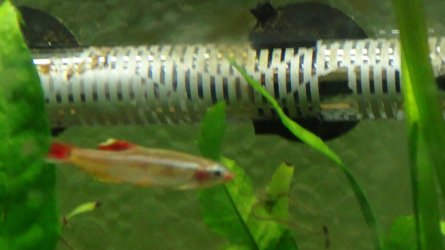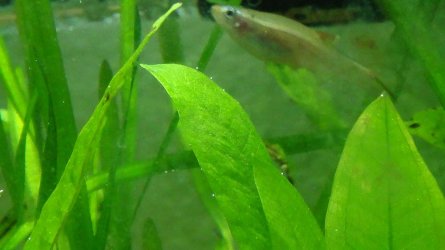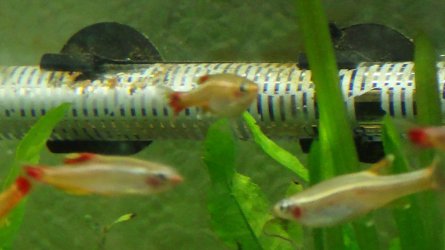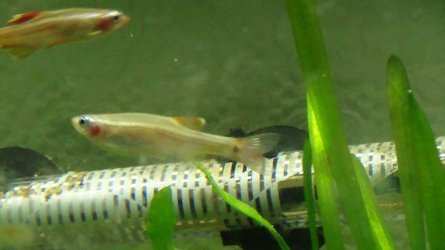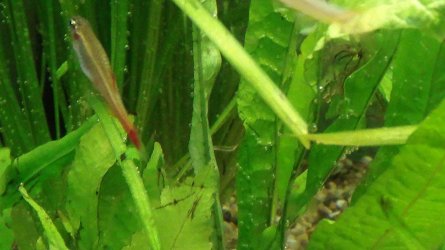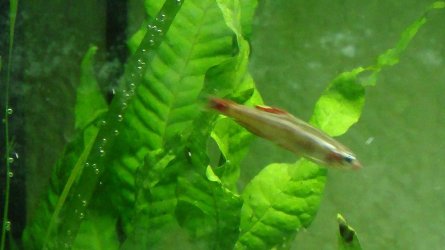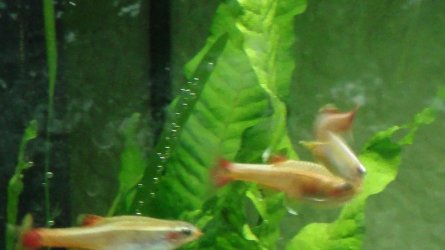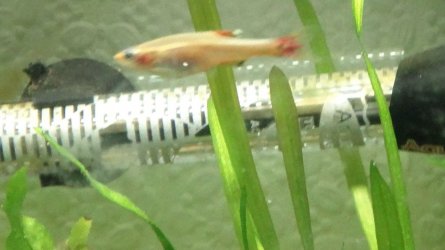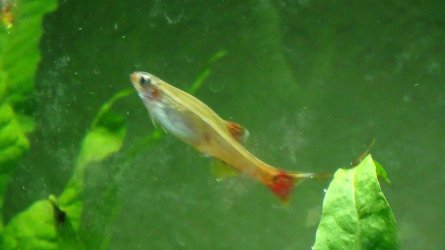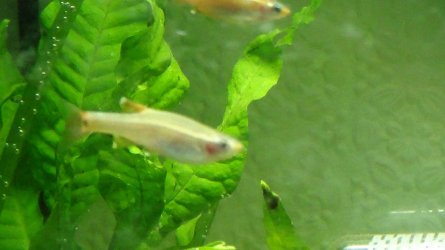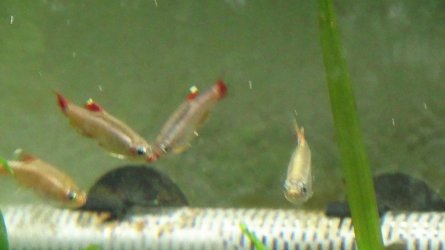TwoTankAmin
Fish Connoisseur
Those look like either air bubbles or eggs.
That ammonia calc is good for fw, This one allows you to enter salinity, and to choose if your test kit measure total ions or just the nitrogen ions. Most hobby kits measure total ions. Normally, those that measure only nitrogen ions will put -N or -Nitrogen after the description. Example are Ammonia-N or Ammonia- Nitrogen. Here is the ammonia calc I use: http /www.hamzasreef.com/Contents/Calculators/FreeAmmonia.php
/www.hamzasreef.com/Contents/Calculators/FreeAmmonia.php
.02 ppm of NH3 should not be harmful to any aquatic life. However, that is not the end of it. One can have .026 ppm as the result of .5 ppm of total ammonia in a tank at pH 8.0 and a temp. of 76F. You can also have .021 ppm in a tank as the result of 2 ppm of total ammonia in a tank with a pH of 7.2 and temp of 80F. The first condition is OK for a lot longer than the second. Although NH3 is the killer, NH4 is not harmless. Time is really the main concern at .02 ppm of NH3 and that is determined by total ammonia. What one is really looking at here is how long it should take to correct the cause. Normally, the correction involves bacteria reproducing or being added or the addition of a decent amount of live plants (or a combination of these).
As for flared operculum (gill cover) and red gills, its hard to say without a pic. It could be nothing or any one of a dozen things.
That ammonia calc is good for fw, This one allows you to enter salinity, and to choose if your test kit measure total ions or just the nitrogen ions. Most hobby kits measure total ions. Normally, those that measure only nitrogen ions will put -N or -Nitrogen after the description. Example are Ammonia-N or Ammonia- Nitrogen. Here is the ammonia calc I use: http
 /www.hamzasreef.com/Contents/Calculators/FreeAmmonia.php
/www.hamzasreef.com/Contents/Calculators/FreeAmmonia.php.02 ppm of NH3 should not be harmful to any aquatic life. However, that is not the end of it. One can have .026 ppm as the result of .5 ppm of total ammonia in a tank at pH 8.0 and a temp. of 76F. You can also have .021 ppm in a tank as the result of 2 ppm of total ammonia in a tank with a pH of 7.2 and temp of 80F. The first condition is OK for a lot longer than the second. Although NH3 is the killer, NH4 is not harmless. Time is really the main concern at .02 ppm of NH3 and that is determined by total ammonia. What one is really looking at here is how long it should take to correct the cause. Normally, the correction involves bacteria reproducing or being added or the addition of a decent amount of live plants (or a combination of these).
As for flared operculum (gill cover) and red gills, its hard to say without a pic. It could be nothing or any one of a dozen things.



